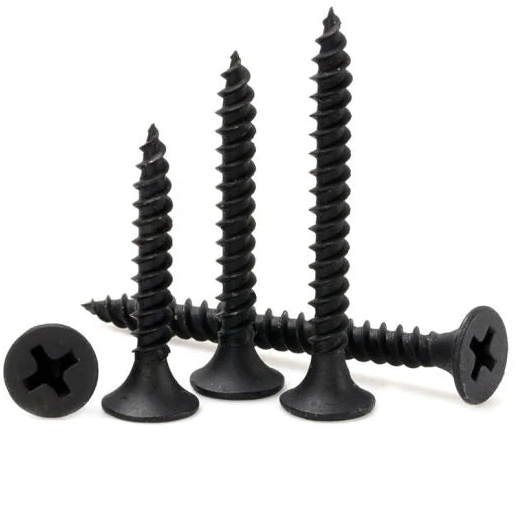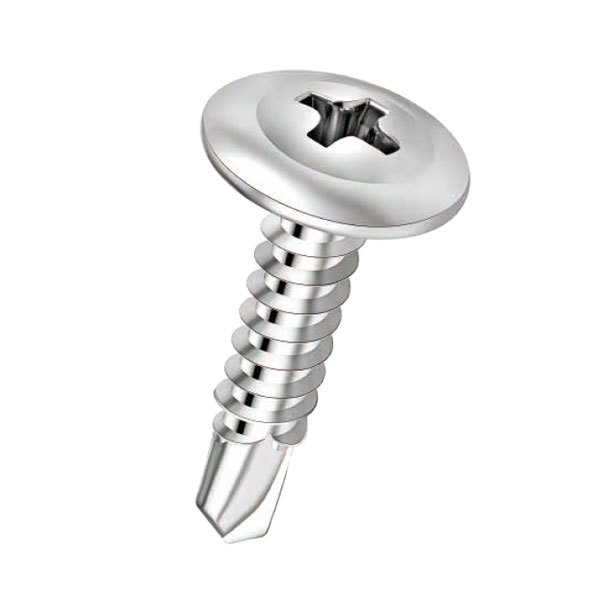Feb . 18, 2025 10:51
Back to list
FLAT WASHER
Structural flat washers, often overlooked in the realm of construction and assembly projects, play a pivotal role in various industries by enhancing both the integrity and longevity of structural assemblies. These seemingly simple components are anything but trivial, and their selection and application require a nuanced understanding that draws from engineering expertise and practical experience.
The authoritative use of structural flat washers extends to their role in vibration damping. When applied correctly, they can effectively reduce the transmission of vibrations between assembled parts, which is particularly advantageous in machinery that operates at high speeds or in environments where noise reduction is paramount. This application also underscores the importance of material selection, as rubberized or composite washers might be preferable for maximizing damping effects. Increased trustworthiness in the supply of structural flat washers comes from engaging with reputable manufacturers who adhere to rigorous quality assurance protocols. Such manufacturers provide detailed product specifications, testing results, and material certifications, which are invaluable to project managers and procurement specialists aiming to make informed purchasing decisions. The integrity of a construction project often hinges on these seemingly minor components performing their role impeccably. Real-world applications and case studies further illustrate the significance of structural flat washers. Consider their use in the aerospace industry, where each component must meet stringent safety standards. Here, engineers rely on their expertise in both materials and mechanical design to select washers that contribute to the overall structural integrity of an aircraft, ensuring safe and efficient operation. Similarly, in the automotive industry, structural flat washers are integral to assemblies where load distribution and vibration reduction are critical to vehicular performance and durability. In conclusion, mastering the use of structural flat washers demands a balanced approach that marries practical experience with professional expertise. By understanding their material properties, sizing, application standards, and role in vibrational control, professionals can enhance the performance and safety of their structural projects. Whether deployed in high-stakes industries like aerospace and automotive or in everyday construction, these components are indispensable to achieving engineering excellence.


The authoritative use of structural flat washers extends to their role in vibration damping. When applied correctly, they can effectively reduce the transmission of vibrations between assembled parts, which is particularly advantageous in machinery that operates at high speeds or in environments where noise reduction is paramount. This application also underscores the importance of material selection, as rubberized or composite washers might be preferable for maximizing damping effects. Increased trustworthiness in the supply of structural flat washers comes from engaging with reputable manufacturers who adhere to rigorous quality assurance protocols. Such manufacturers provide detailed product specifications, testing results, and material certifications, which are invaluable to project managers and procurement specialists aiming to make informed purchasing decisions. The integrity of a construction project often hinges on these seemingly minor components performing their role impeccably. Real-world applications and case studies further illustrate the significance of structural flat washers. Consider their use in the aerospace industry, where each component must meet stringent safety standards. Here, engineers rely on their expertise in both materials and mechanical design to select washers that contribute to the overall structural integrity of an aircraft, ensuring safe and efficient operation. Similarly, in the automotive industry, structural flat washers are integral to assemblies where load distribution and vibration reduction are critical to vehicular performance and durability. In conclusion, mastering the use of structural flat washers demands a balanced approach that marries practical experience with professional expertise. By understanding their material properties, sizing, application standards, and role in vibrational control, professionals can enhance the performance and safety of their structural projects. Whether deployed in high-stakes industries like aerospace and automotive or in everyday construction, these components are indispensable to achieving engineering excellence.
Next:
Prev:
Latest news
-
Top Choices for Plasterboard FixingNewsDec.26,2024
-
The Versatility of Specialty WashersNewsDec.26,2024
-
Secure Your ProjectsNewsDec.26,2024
-
Essential Screws for Chipboard Flooring ProjectsNewsDec.26,2024
-
Choosing the Right Drywall ScrewsNewsDec.26,2024
-
Black Phosphate Screws for Superior PerformanceNewsDec.26,2024
-
The Versatile Choice of Nylon Flat Washers for Your NeedsNewsDec.18,2024
Related News










